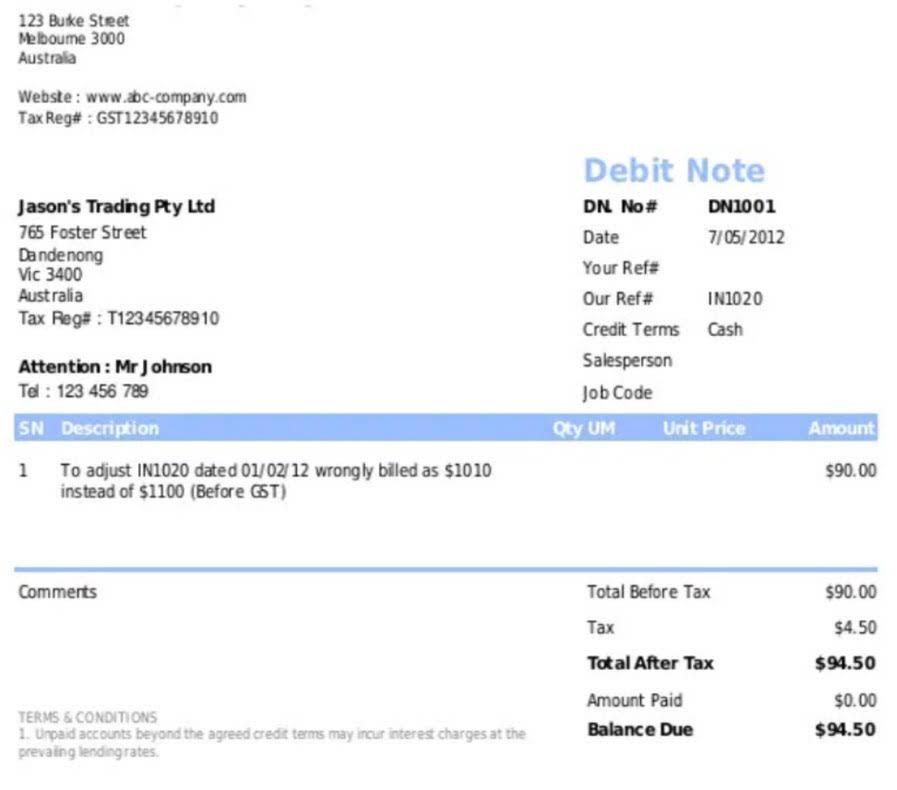
The income summary account is an intermediate point at which revenue and expense totals are accumulated before the resulting profit or loss passes through to the retained earnings account. However, it can provide a useful audit trail, showing how these aggregate amounts were passed through to retained earnings. If the credit balance is more than the debit balance, it indicates the profit; if the debit balance is more than the credit balance, it shows the loss. In the last credit or debit balance, whatever may become, it will be transferred into retained earnings or capital account in the balance sheet, and the income summary will be closed.
Income From Continuing Operations
The net balance of the Income Summary, which represents the net income or loss for the year, is then transferred to the retained earnings account, normal balance completing the process of closing the books. This way each accounting period starts with a zero balance in all the temporary accounts. At the end of an accounting period, the account of income summary is utilized for closing-entry recording. Account balances of income-statement accounts, specifically revenues and costs, are closed and reset to zero at the end of an accounting period to prepare them for transaction recording in the next month. Companies record revenues and expenses on a quarterly rather than continuous basis, and account balances from one period are not added to those from the next.

Financial Reporting
- It allows users to extract and ingest data automatically, and use formulas on the data to process and transform it.
- Let us understand the advantages of passing income summary closing entries for an organization or an individual through the points below.
- It tracks the company’s revenue, expenses, gains, and losses during a set period.
- Comparing these numbers, you can see that just over 30% of Microsoft’s total sales went toward costs for revenue generation.
- Moreover, the closing procedure shows that revenue, expense, and dividend accounts are retained earnings subcategories.
The revenue accounts will be debited, and income summary account the income summary account will be credited. All revenue accounts will become zero after this entry is completed. After the income statement is created, the final income summary balance is transferred to retained profits or capital accounts. This income balance is subsequently reflected in the balance sheet’s owner’s equity section. Similarly, transferring expenses off the income statement necessitates crediting all expense accounts for the whole amount of expenses incurred during the period and debiting the income summary account.

How to close the income summary to retained earnings?
The net result of these activities is to move the net profit or net loss for the period into the retained earnings account, which appears in the stockholders’ equity section of the balance sheet. Transferring the expense account to the account is similar to the revenue account process. However, rather than credit the expense balance to transfer it, businesses must debit it, given that expenses are already credited.
- Ultimately, the net income or loss is then transferred to the retained earnings, finalizing the books for that period.
- The net amount transferred into the income summary account equals the net profit or net loss that the business incurred during the period.
- Competitors also may use income statements to gain insights about the success parameters of a company, such as how much it is spending on research and development.
- The AI algorithm continuously learns through a feedback loop which, in turn, reduces false anomalies.
- The income and spending accounts are, as you can see, transferred to the income summary account.
- Delivered as SaaS, our solutions seamlessly integrate bi-directionally with multiple systems including ERPs, HR, CRM, Payroll, and banks.

By analyzing the income summary, stakeholders can track the business’s financial performance and make crucial decisions about strategy and future investments. Retained earnings are defined as a portion of a business’s profits that isn’t paid out to shareholders but is rather reserved to meet ongoing expenses of operation. Despite the various advantages listed above, there are a few factors that act as hassles while maintaining an income summary account. Capital One Financial Corporation declared their net income closing entries for the fourth quarter of 2022. It was declared at $1.2 billion or %3.03 for each diluted common share. Let us understand the Bakery Accounting concept of an income summary account with the help of a couple of examples.


Its zero balance at the start of each period ensures that only current period amounts are closed. The differences between the income summary account and the income statement come from the following points. Let us understand the advantages of passing income summary closing entries for an organization or an individual through the points below. The Revenue section shows that Microsoft’s gross margin, also known as gross (annual) profit, for the fiscal year ending June 30, 2023, was $171.0 billion. This number is arrived at by deducting the cost of revenue ($74 .1 billion) from the total revenue ($245.1 billion)—in other words, revenue minus the amount that it cost to make that $245.1 billion. The company also realized net gains of $2,000 from the sale of an old van, and incurred losses worth $800 for settling a dispute raised by a consumer.
Revenue Recognition
An income summary is a temporary account in which all the revenue and expenses accounts’ closing entries are netted at the accounting period’s end. Once the entries are finalized, the income summary closing entries are documented and transferred to the retained earnings of an organization or individual. At the end of each accounting period, all of the temporary accounts are closed. You might have heard people call this “closing the books.” Temporary accounts like income and expenses accounts keep track of transactions for a specific period and get closed or reset at the end of the period. This way each accounting period starts with a zero balance in all the temporary accounts, so revenues and expenses are only recorded for current years. The income and spending accounts are, as you can see, transferred to the income summary account.
How Can HighRadius Help Streamline and Enhance the Management of Income Summary Accounts?
- Once all the temporary accounts are compiled, the value of each account is then debited from the temporary accounts and credited as a single value to the income summary.
- Payment is usually accounted for in the period when sales are made or services are delivered.
- Similarly, for a company (or its franchisees) in the business of offering services, revenue from primary activities refers to the revenue or fees earned in exchange for offering those services.
- The income summary account has a zero balance for the rest of the year.
- This financial tool simplifies the process of closing a company’s income and expense accounts at the end of the accounting period, enabling smooth transition into the new fiscal cycle.
- Balances from temporary accounts are shifted to the income summary account first to leave an audit trail for accountants to follow.
- A closing entry is a journal entry that’s made at the end of the accounting period that a business elects to use.
Temporary accounts are used to record accounting activity during a specific period. All revenue and expense accounts must end with a zero balance because they’re reported in defined periods. A hundred dollars in revenue this year doesn’t count as $100 in revenue for next year even if the company retained the funds for use in the next 12 months. Closing temporary accounts to the income summary account requires an extra step. However, it also gives an audit record of the year’s revenues, expenses, and net income. If the resulting balance in the account is a profit (a credit balance), debit the income summary account and credit the retained earnings account to shift the profit into retained earnings.

Comentarios recientes